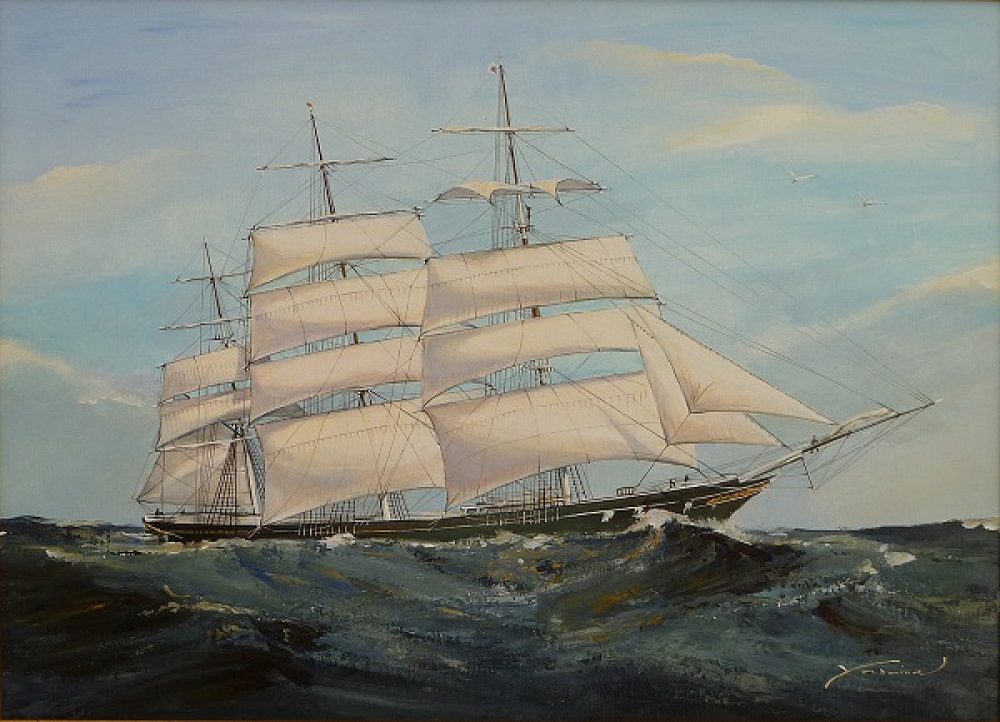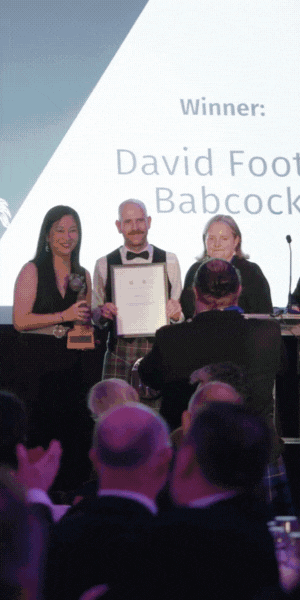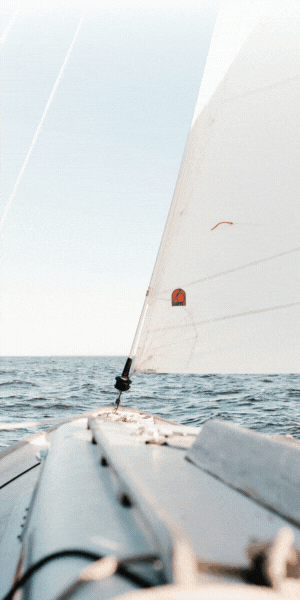Growing up at Pembroke Dockyard where his father worked, Bernard Waymouth served a shipwright apprenticeship before moving to London. In 1846 he joined the firm of Money, Wigram and Sons which had premises at Blackwall on the Thames and was one of the companies experimenting with iron construction. In 1853 he went to work for Lloyd’s Register as an assistant surveyor and then in 1858 was appointed their London Senior Surveyor. In this new role he was charged with preparing the Rules for Construction of Composite Ships, the composite here being iron keels, keelsons, frames, stringers and beams but timber remaining for the hull and decks. This change enabled ships to be longer but maintaining the necessary strength. The Rules were first published in 1867, to apply from 1868. While this period of hull form was relatively short lived the currently still surviving clippers City of Adelaide (on display in Adelaide) and Cutty Sark (at Greenwich) are testimony to their ability to physically last.
In 1870 he went on and produced the Rules for Iron Ships. These rules are still the main building block for those used today for steel ships.
In 1872 was appointed as Secretary of Lloyd’s Register and held that position until his death, actually in their office at Cornhill in 1890. During this time, he led Lloyd’s Register to conduct a massive expansion of offices abroad and to merge with the other registers in Britain, such as Liverpool, to bring the other UK registers under one organisation.
As he was completing the rules for the design of composite ships, Bernard Waymouth, persuaded Lloyd’s to allow him the time to design what were, at the time, the two most famous tea clippers Leander and Thermopylae. Both were composite builds with the former being completed by J G Lawrie at Glasgow in 1867 and the later the subsequent year by Walter Hood & Co at Aberdeen. Just as the Rules came into force.
Both were designed for the China tea trade and operated out of London. Leander included New York on her passage, whereas Thermopylae included Australia on her way to China. They were both extremely fine lines, although Cutty Sark is slightly shaper than Thermopylae (coefficient of under decked tonnage being 0.58 compared with Cutty Sark’s 0.55). On Thermopylae’s maiden voyage, starting November 1868, she set a speed record of 63 days from Gravesend to Hobsons Bay, Melbourne, or 60 days from the Lizard. On the return trip from Fuzhou she was 89 days to the Lizard, or 91 to London. Her first 10 outward passages to Melbourne averaged 69 days from the Lizard and her eleven homeward voyages with a cargo of tea from China averaged 106½ days. In 1872, Thermopylae raced Cutty Sark from Shanghai back to London, winning by seven days after Cutty Sark lost her rudder. Her record day’s run was 380 statute miles, a feat exceeded by no sailing ship before.
By 1879 steam was displacing sail on the China tea trade and Leander left the trade that year, was later re-rigged as a barque and then scrapped in 1901. Whereas, Thermopylae entered the Australian wool trade. On this new route Cutty Sark proved the faster vessel. Thermopylae carried wool until 1890 when she too was reduced to a barque and then used in the Canadian timber trade. In 1895 she was sold to the Portuguese Navy for use as a sail training vessel, but the conversion never occurred. On 13 October 1907 she was sunk as a target with the new invention of torpedoes at a Navy regatta watched by the Queen of Portugal.




